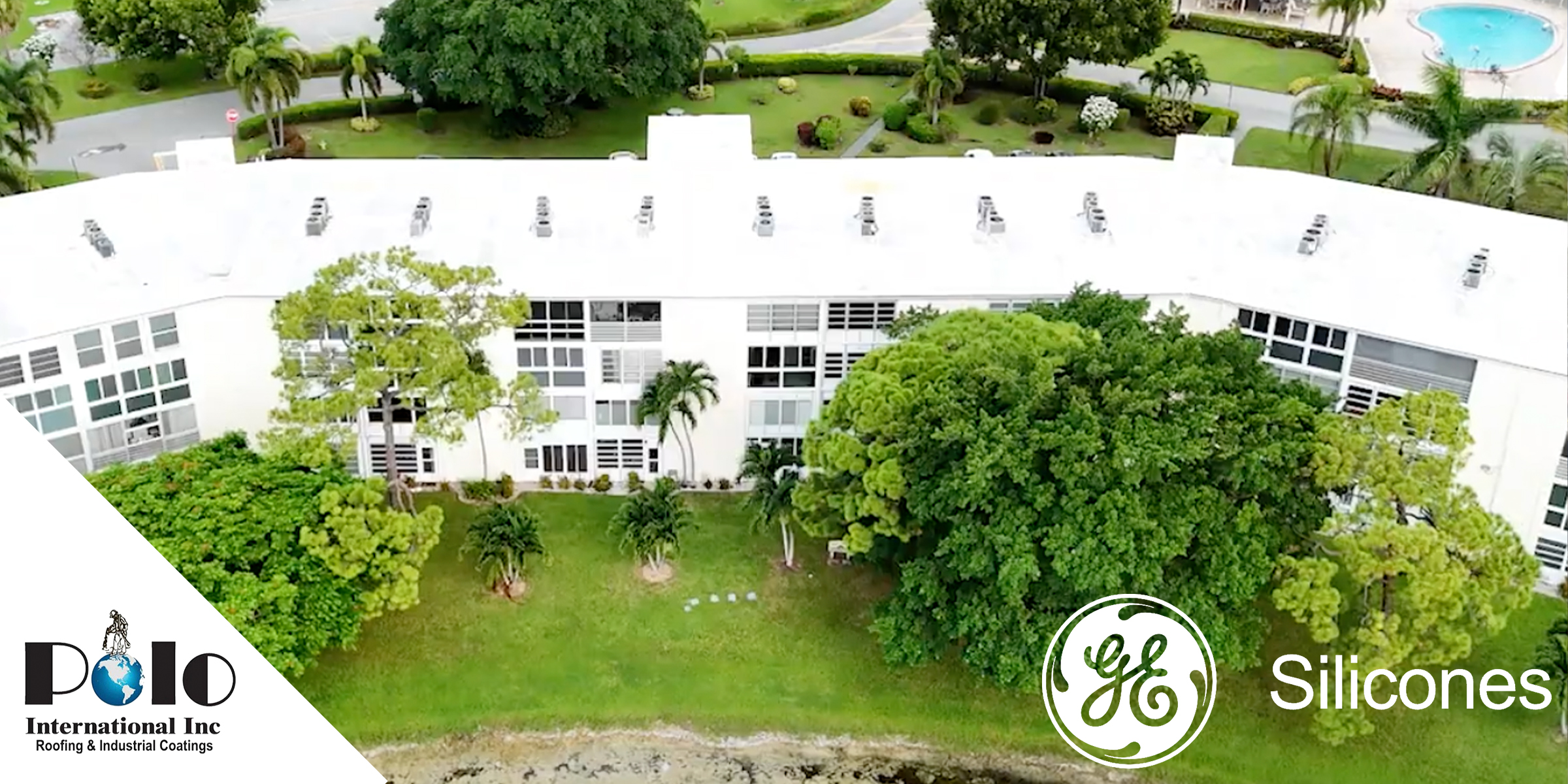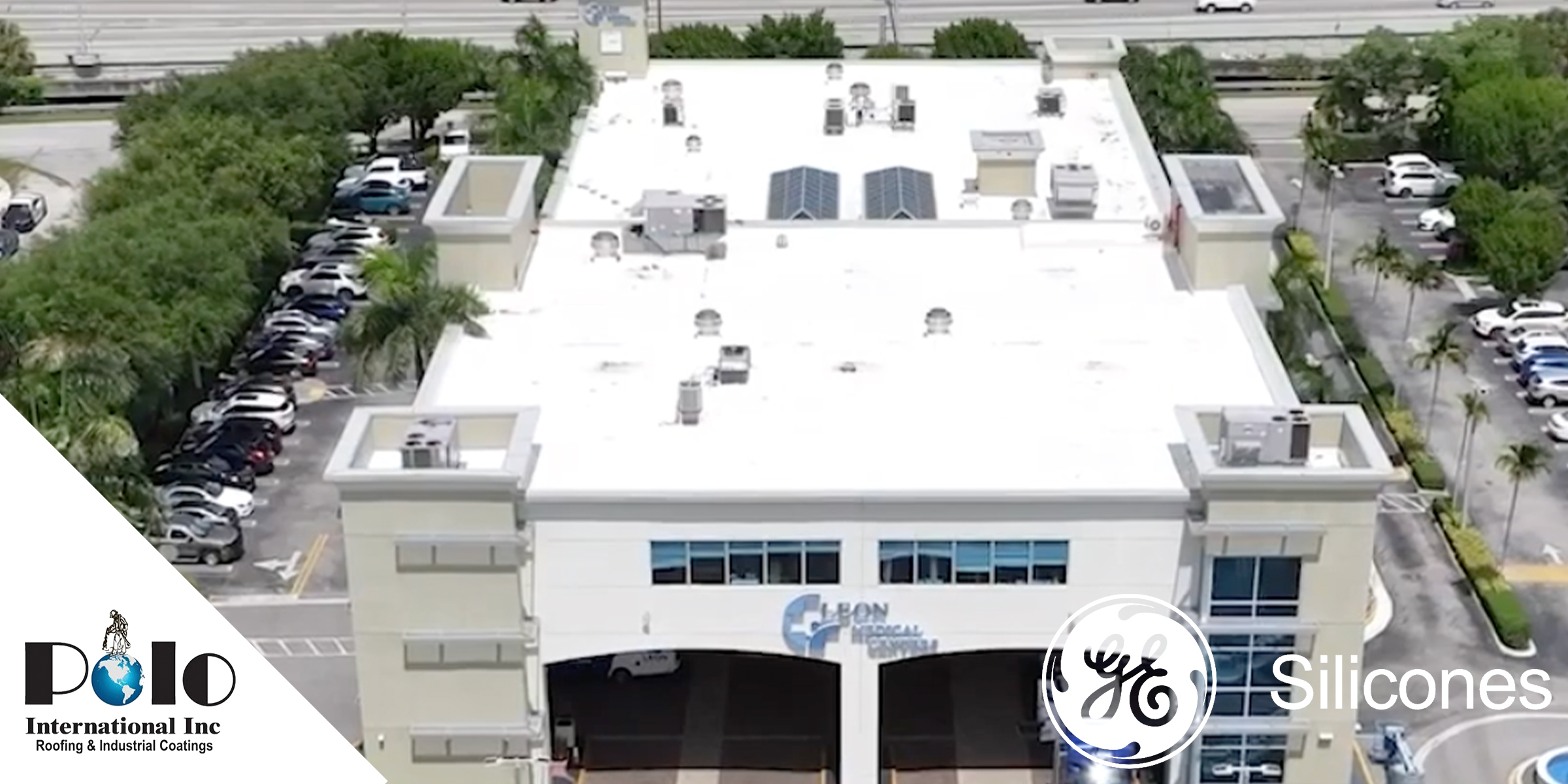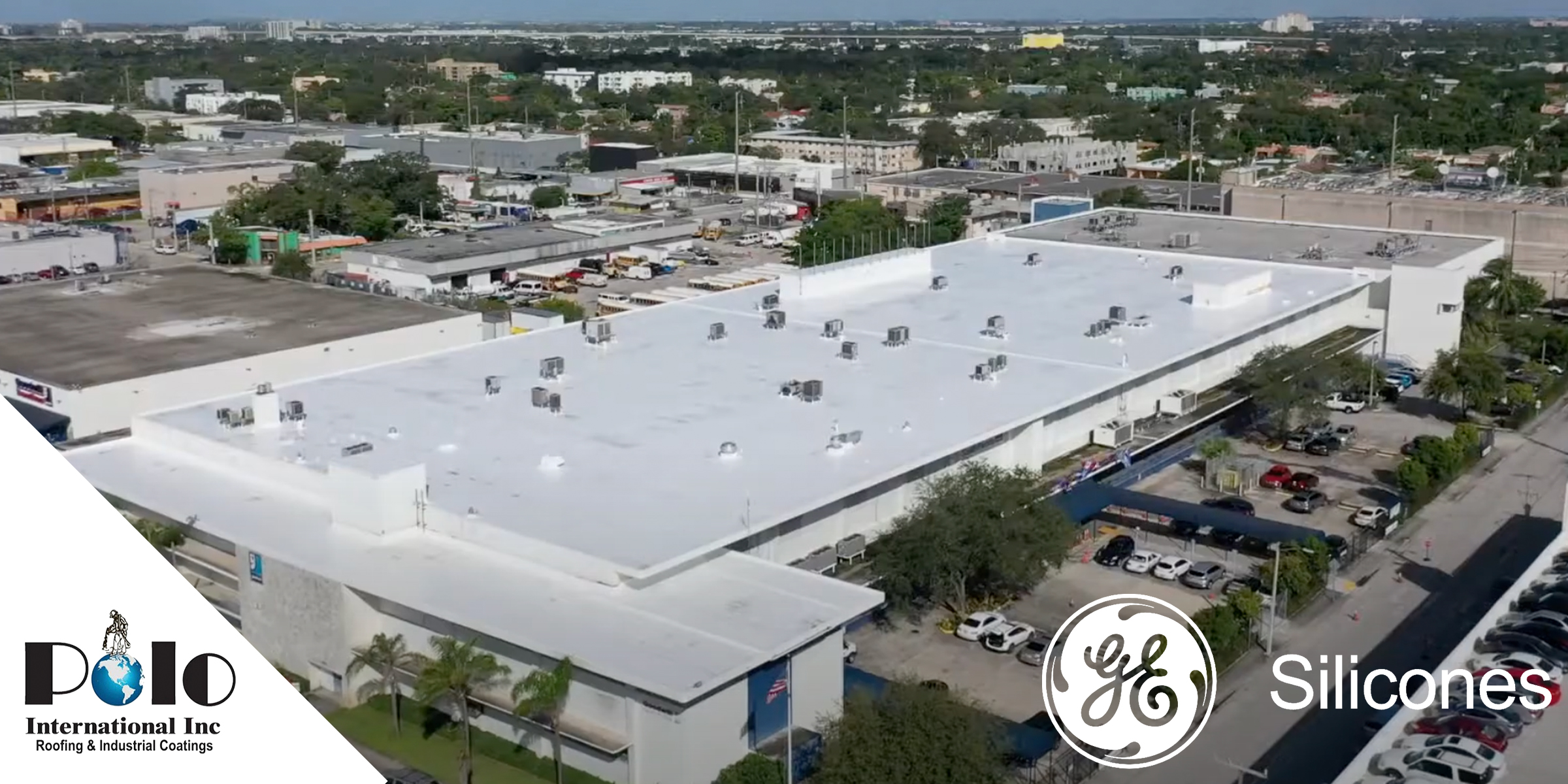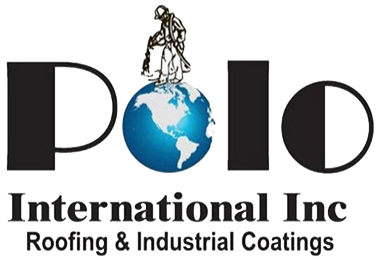
Road to Sustainability: The Environmental Role of Spray Foam Roofing
Can your commercial roof contribute to a more sustainable planet? Absolutely. Spray foam roofing, one of the most efficient and eco-friendly roofing systems available today, is playing a transformative role in green building design. As sustainability becomes a central focus in construction and property management, spray polyurethane foam (SPF) emerges as a high-performance solution that aligns perfectly with energy conservation, waste reduction, and environmental responsibility.
From improving insulation to minimizing waste and enhancing durability, spray foam roofing offers far-reaching environmental advantages that make it one of the best cool roof materials for commercial properties across the United States.
How Spray Foam Roofing Improves Environmental Performance
A core advantage of SPF roofing systems is their remarkable energy efficiency. By forming an airtight, monolithic barrier across your roof, SPF insulation reduces conditioned air loss through gaps, cracks, and seams—problem areas often overlooked with traditional roofing systems. This thermal resistance means less energy is required to regulate indoor temperatures, leading to lower electricity consumption and, by extension, fewer carbon emissions.
This is especially valuable in climate-extreme areas like Phoenix, AZ, or New York, NY, where HVAC usage can peak during seasonal shifts. By cutting energy usage, spray foam roofing contributes to sustainable building operations, while also offering significant energy savings for property owners.
Minimizing Waste and Material Consumption
Spray foam roofing significantly reduces environmental waste in both its installation and lifespan. SPF is applied directly onto existing rooftops, eliminating the need for full tear-offs that contribute to landfill volume. This method generates minimal installation waste, as the material is mixed on-site and applied with precision. The result is not only a reduced environmental impact but also lower costs associated with material removal and disposal.
Furthermore, SPF roofing systems are lightweight, placing less strain on structural supports and removing the need for additional reinforcement materials. This reduces overall construction resource consumption, supporting low-carbon construction practices.
Enhancing Indoor Air Quality and Thermal Comfort
Beyond external sustainability, SPF contributes to healthier indoor environments. The air-sealing quality of SPF roofing blocks out outdoor pollutants and allergens, stabilizing indoor air quality and reducing reliance on energy-intensive filtration systems. This airtight barrier also prevents water intrusion, helping to eliminate the risk of mold—an often costly and hazardous problem in commercial buildings.
For property owners in regions like Miami, FL or Seattle, WA, this weather-resistant feature offers added peace of mind. The ability to withstand rain, humidity, and heat without degradation makes SPF roofing a long-term investment in both performance and sustainability.
Reflectivity and Urban Heat Island Reduction
Many SPF roofing systems incorporate reflective top coatings that reduce solar heat absorption. These coatings reflect UV rays, helping to lower roof surface temperatures and limit the heat transferred into the building. This reflective quality reduces demand on cooling systems, directly lowering energy consumption and mitigating the urban heat island effect—a major concern in densely populated cities.
SPF roofing’s reflectivity supports initiatives like LEED certification, and in many cases, qualifies buildings for ENERGY STAR® ratings, reinforcing their status as environmentally responsible structures.
Green Building Certification and Compliance
Spray foam roofing systems are a natural fit for green building certification programs like LEED, Green Globes, and ENERGY STAR. These certifications often evaluate a building’s efficiency, material lifecycle impact, and indoor air quality—all of which are enhanced by the strategic use of SPF roofing.
SPF contributes to multiple LEED categories, including Energy & Atmosphere, Sustainable Sites, Materials & Resources, and Indoor Environmental Quality. This makes SPF an ideal solution for property managers aiming to increase their building’s sustainability profile and gain environmental incentives or tax credits.
Implementation Strategy: Planning for Sustainability
To reap the full environmental benefits of spray foam roofing, commercial property managers must ensure proper implementation. Start with a detailed roof evaluation to identify existing vulnerabilities. Choosing high-quality polyurethane foam and professional application ensures durability and optimal performance.
Ideal installation occurs in moderate weather conditions to maximize curing and adhesion. Once installed, establish a routine maintenance schedule with certified SPF contractors, using excellent products such as the Henry Co’s to prolong lifespan and maintain environmental integrity.
Takeaway
Spray foam roofing is more than just a modern solution for protecting your commercial building—it’s a key player in the road to sustainability. With proven benefits in energy efficiency, waste reduction, indoor air quality, and urban heat mitigation, SPF roofing systems promote environmental health while enhancing operational savings. For commercial property owners committed to green building practices, SPF roofing is a strategic, long-term solution that supports sustainability from top to bottom. Contact Polo International to get started today.




